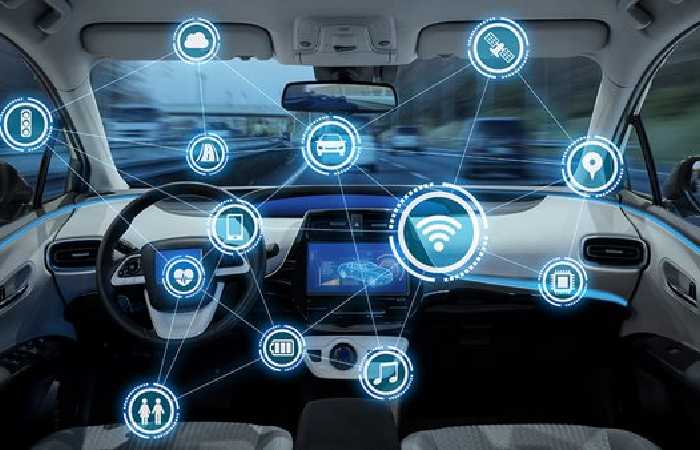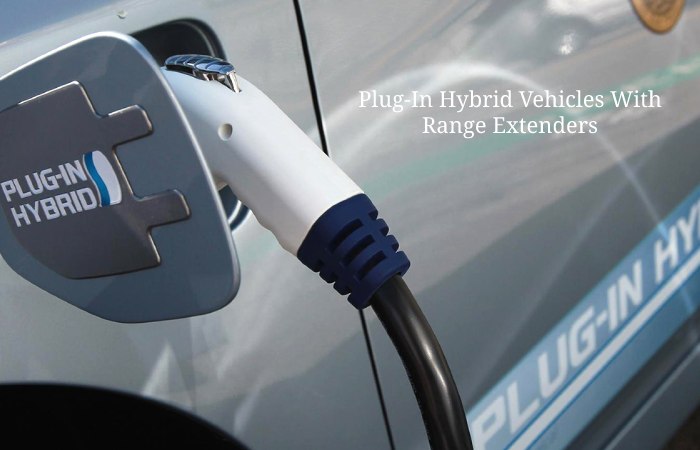Vehicle Technology Write For Us – Vehicle Technology nowadays comes with distinct features like collision prevention, adaptive cruise control and lane guidance. Vehicle technology is paving the way to safer roads. Discover what’s driving the innovations behind concept cars, connected vehicles and autonomous mobility.
Motor Vehicle Technology is the reference work for automotive technology. The 3rd edition has been adapted to technical developments and extended to new technical content for motor vehicles, such as vehicle maintenance, occupational safety, liquefied gas engines, electric vehicles, concepts of alternative drive systems (e.g. hybrid drives), differential locks, axle geometry, driving dynamics, steering systems, wheel suspensions, wiring diagrams and comfort and anti-theft systems.
Automotive mechanics have evolved, and our toolbox is no longer what it used to be. We have entered a new era, and electronics have something to do with it. Increasingly developed network communication, navigation system, direct injection, and driving assistance.
New vehicle technologies play an increasingly important role in the operation of vehicles, upsetting working methods in the process.
If the combustion engine continues to evolve, the change from thermal to electric, directly or through intermediate technologies, is inevitable.
You can email us at contact@webtechradar.com to write about Vehicle Technology and its related terms.
Vehicle Technology Now On The Road

The list of vehicles with alternative motorization is constantly growing. Here is an overview of the different technologies encountered on the road.
Hybrid Electric Vehicles (Hvs)
Hybrid vehicles are conventional vehicles that use electricity stored in high-voltage batteries to electric power motors. The internal combustion engine (ICE) and the electric motor can, alone or in combination, propel the vehicle. The assistance through electric motors allows significant fuel savings if the vehicle is mainly used in urban areas.
Plug-In Hybrid Electric Vehicle (Phv)
Plug-in hybrid technology is very similar to regular hybrid technology. That said, the battery of this type of car benefits from a greater reserve and provides more autonomy in fully electric mode. The plug-in hybrid vehicle can drive in electric mode longer before converting to hybrid mode (VH), still relying on the combustion engine to increase its range. In winter, this type of vehicle still depends on its internal combustion engine to warm its occupants.
Plug-in hybrid vehicles can, most of the time, recharge their high-voltage battery while driving. This is an innovation that many people have been waiting for.
Fully Electric Vehicle (Evé) (Battery Electric Vehicle)
Main components:
- High voltage battery
- junction box
- Possibility of level 3 charging
- On-board charger for level 1 and 2 charging
- Addition of a positive temperature coefficient (PTC) (liquid or forced air)
- electric motor
- Reducer
- Converter (direct current to alternating current)
- DC/DC converter (direct current to direct current) • 12 V battery
Electric vehicles do not burn fuel. Indeed, they work thanks to a high-voltage battery, usually, lithium-ion, which transmits its energy to one or more electric motors to move the vehicle. Also, electric cars are clean since they emit no polluting emissions. This is all the more true in Quebec, where the production of clean energy is common practice.
Electric vehicles around the world are more or less green, depending on the source of the electricity grid that charges them.
You can email us at contact@webtechradar.com to Write For Us about the vehicle technology.
Plug-In Hybrid Vehicles With Range Extenders (Phv-Pa)

The Chevrolet Volt must be classified in a separate category since it is rechargeable. Indeed, while its first generation (2011-2015) had a fully electric range of around 80 km, its second generation (2016-2018) benefits from a range of 110 km.
The Chevrolet Volt is designated as an extended-range vehicle. That said, its first generation was more akin to a series-type ORV. The internal combustion engine and the wheels of a series-type ORV vehicle are not linked. It is for this reason that a generator (thermal engine) is installed under the bonnet to charge the high-voltage batteries, which, in turn, drive electric motors which turn the wheels.
Once its electric mode is exhausted and its gas engine engages, the second generation of the Chevrolet Volt looks like a regular hybrid vehicle. Indeed, the transmission of this second generation allows a transfer of energy to the combustion engine, which drives the wheels through planetary gear.
Hydrogen Fuel Cell Electric Vehicle (Fcv)
Instead of storing their energy in a high-voltage battery, PCVs store it in the form of gaseous or liquid hydrogen. This hydrogen is then directed into a fuel cell, which splits the electrons coming from their nuclei. The electrons pass through the battery and then generate an electric current before returning to their nuclei. PCV uses this energy to run electric motors to move a vehicle. A high-voltage battery stores energy to help operate the vehicle. The only emission produced by this vehicle is water vapour.
10 Best Automotive Technologies of 2022
1. Advanced Driver Assistance Systems
2. Automatic Emergency Braking
3. Connected Mobile Apps/Digital Key
4. Teen Driver Tech
5. Safe Exit Assist to Protect Cyclists
6. Wireless Smartphone Connectivity and Charging
7. 360-Degree Camera
8. Emergency Services/Stolen Vehicle Tracking Software
9. Blind-Spot View Monitor
10. Video Rearview Mirror
How to Submit Your Articles?
All in all, You can email us at contact@webtechradar.com to Write For Us.
Search Terms Related To Vehicle Technology
alko vehicle technology
advanced vehicle technology services
sustainable vehicle technology
electric & hybrid vehicle technology expo 2022
electric vehicle technology explained.pdf
autonomous vehicle technology magazine
hilliers fundamentals of motor vehicle technology 5th edition
does in-vehicle technology make driving safer
brain to vehicle technology
current autonomous vehicle technology
autonomous vehicle technology expo
vehicle technology specialists
new vehicle technology 2014
advanced vehicle technology act of 2011
motor vehicle technology and practical work pdf
Guidelines of the Article – Vehicle Technology Write for Us
That’s it. If you are ready to share your content with us,
Moreover, feel free to contact us or Mail Us at contact@webtechradar.com
Looking forward to working with you!
Related Pages:
[Digital Marketing Trends Write For Us]
